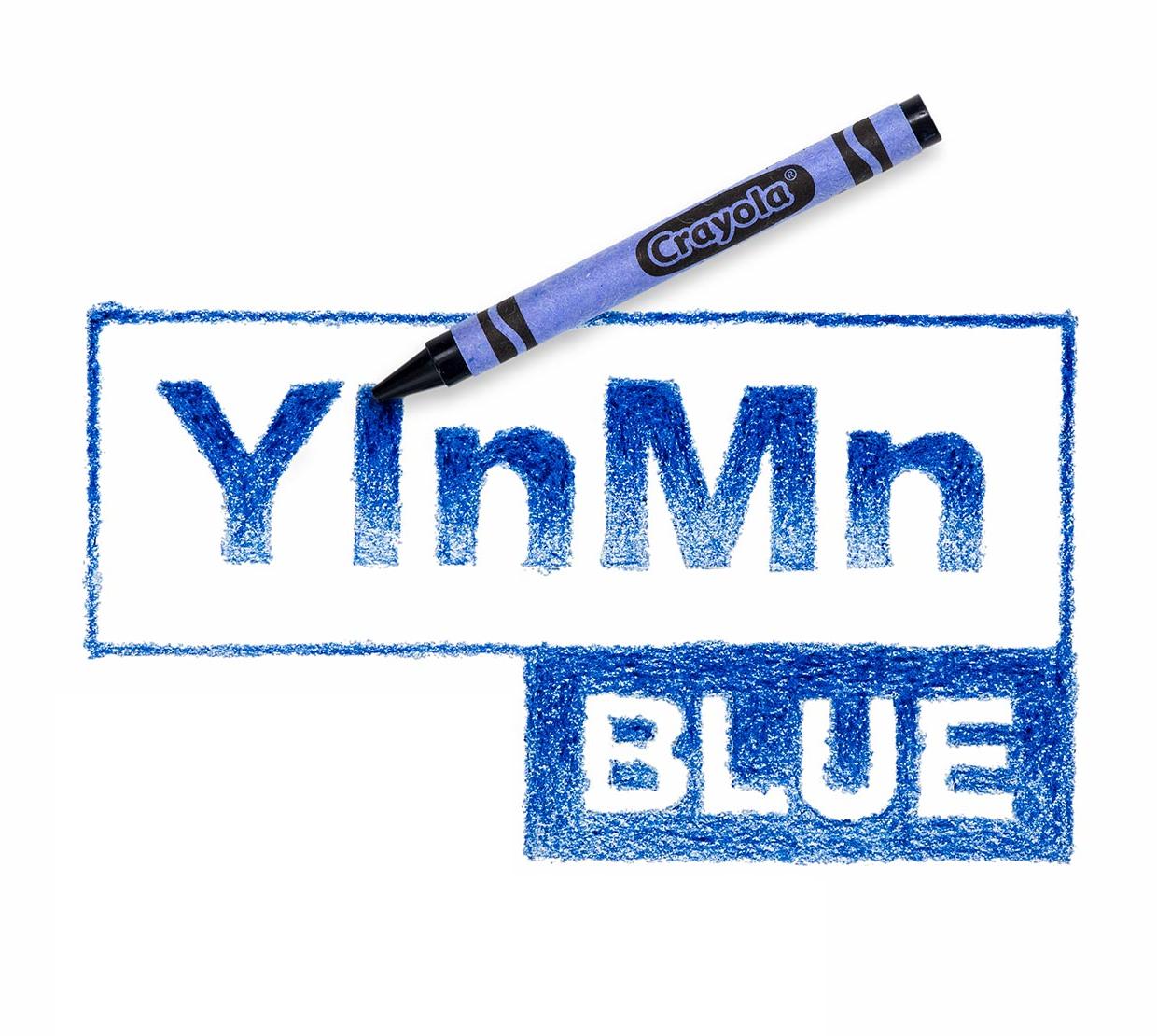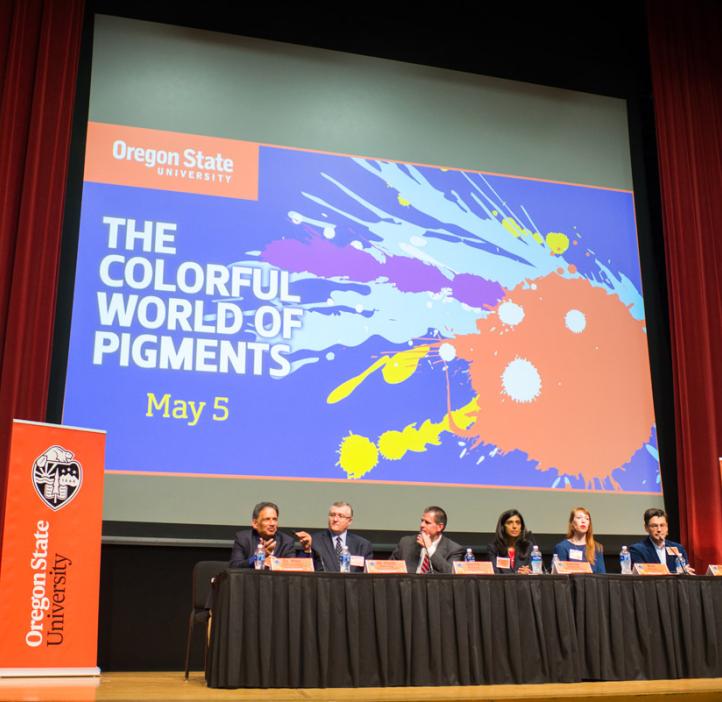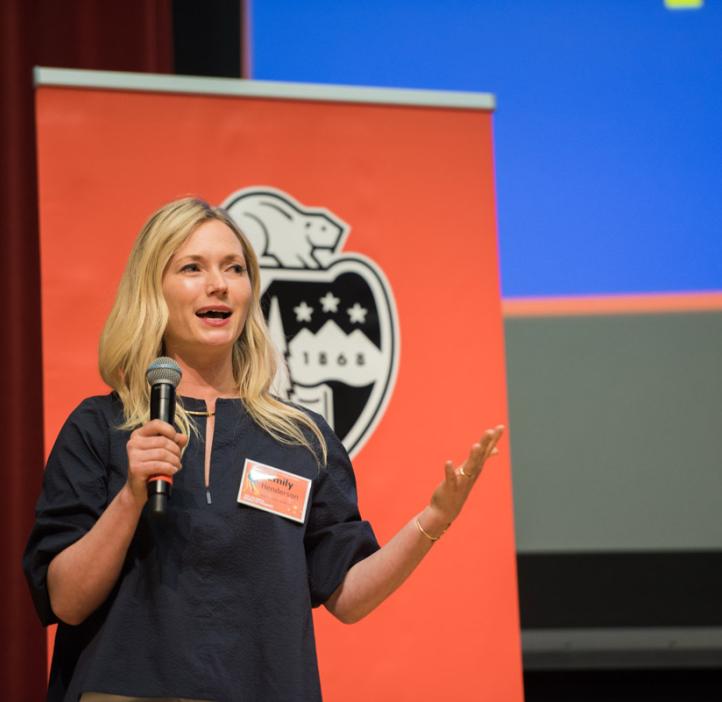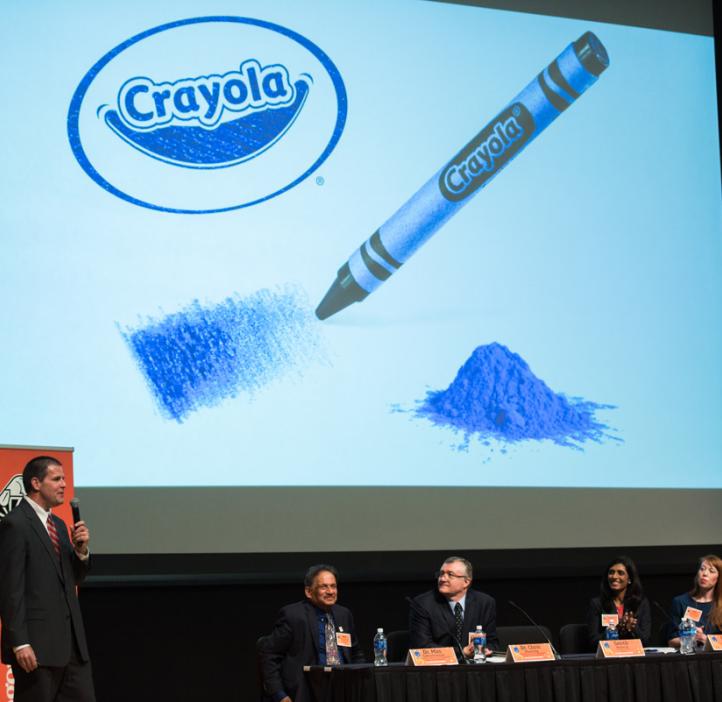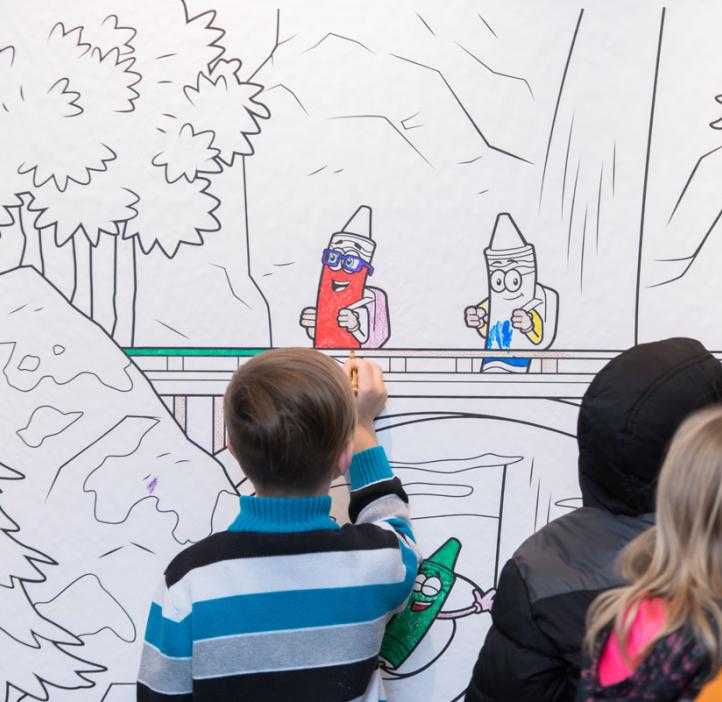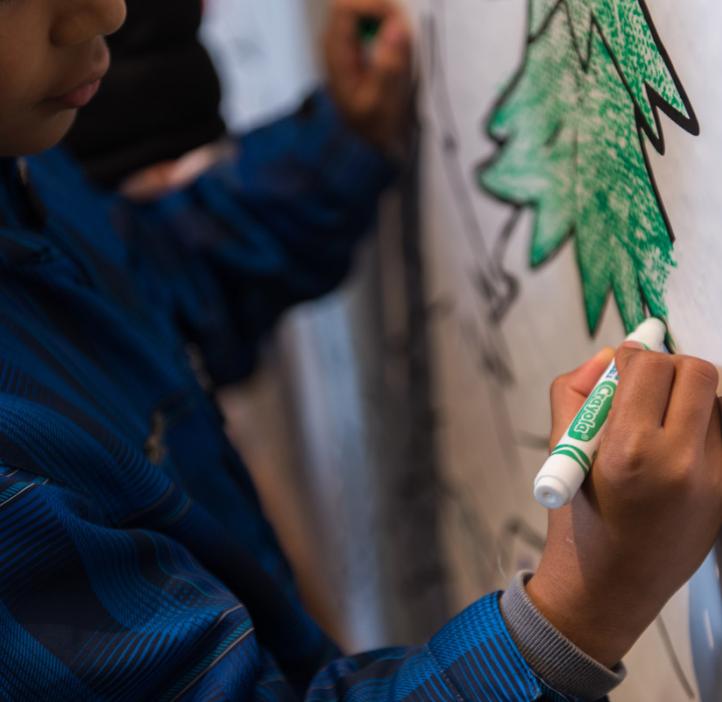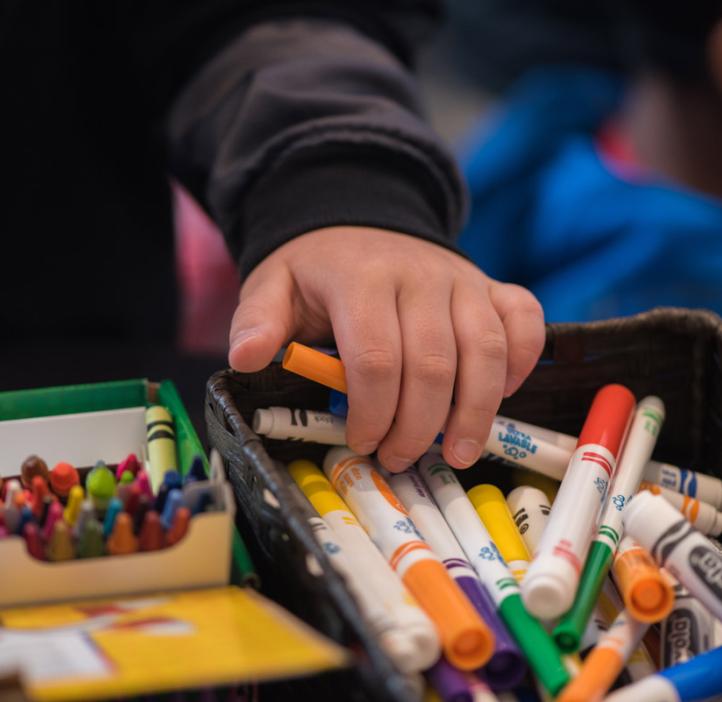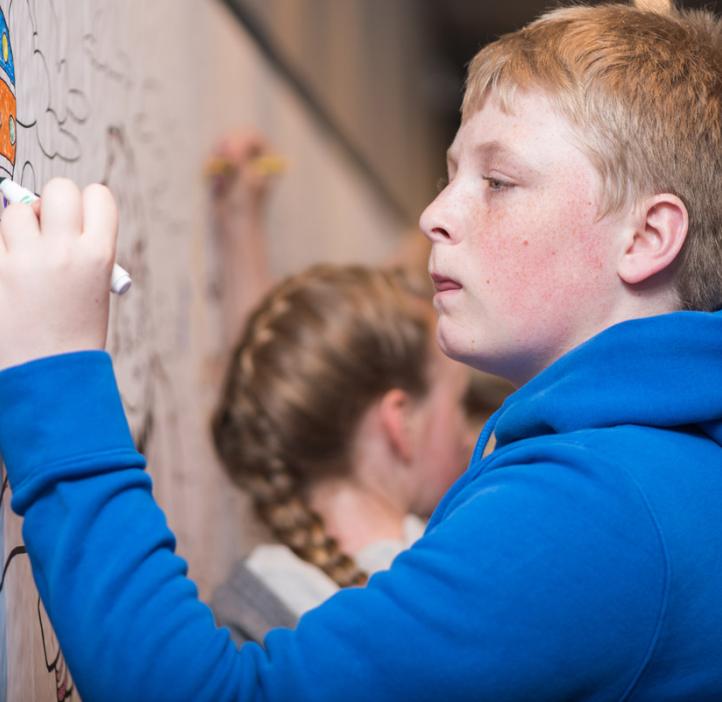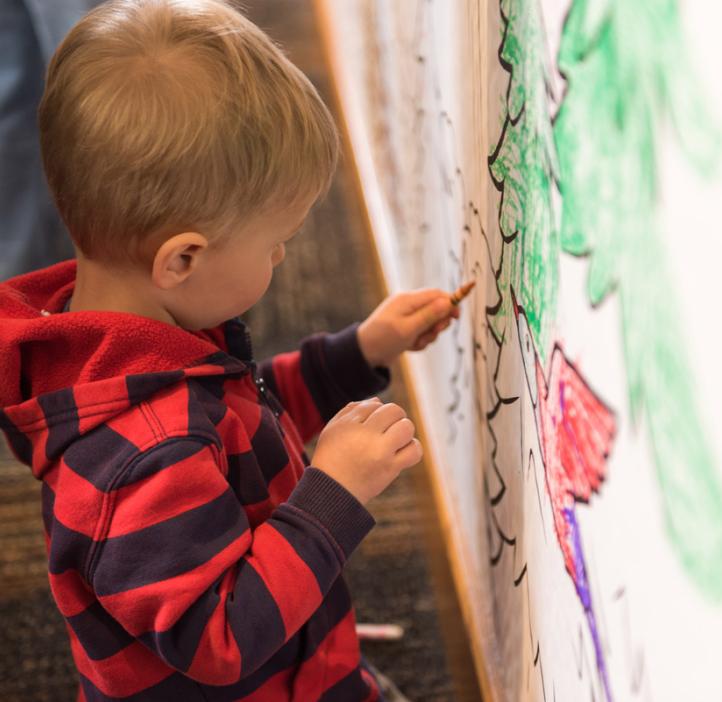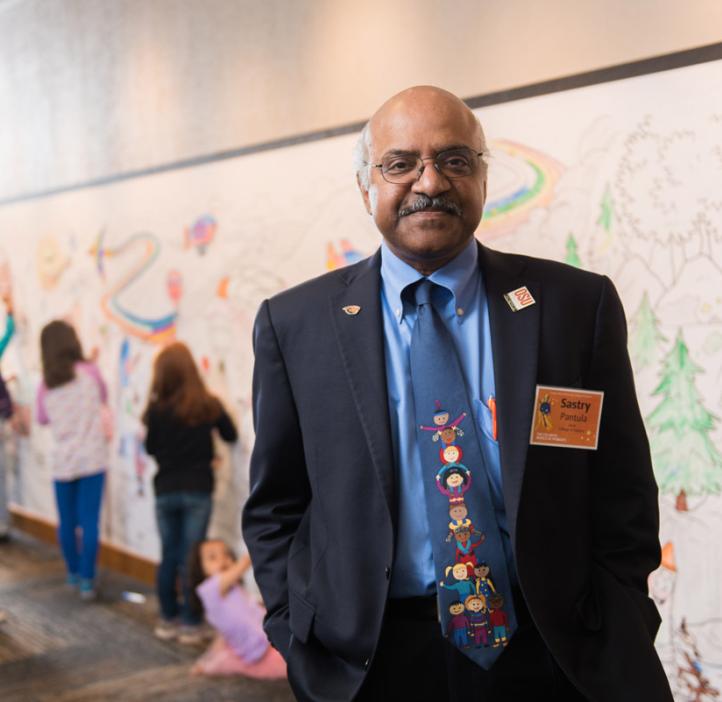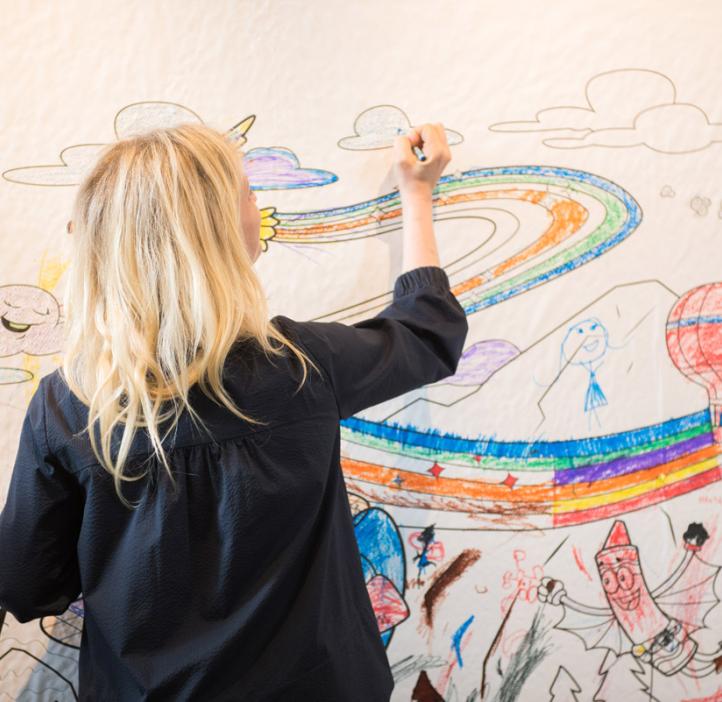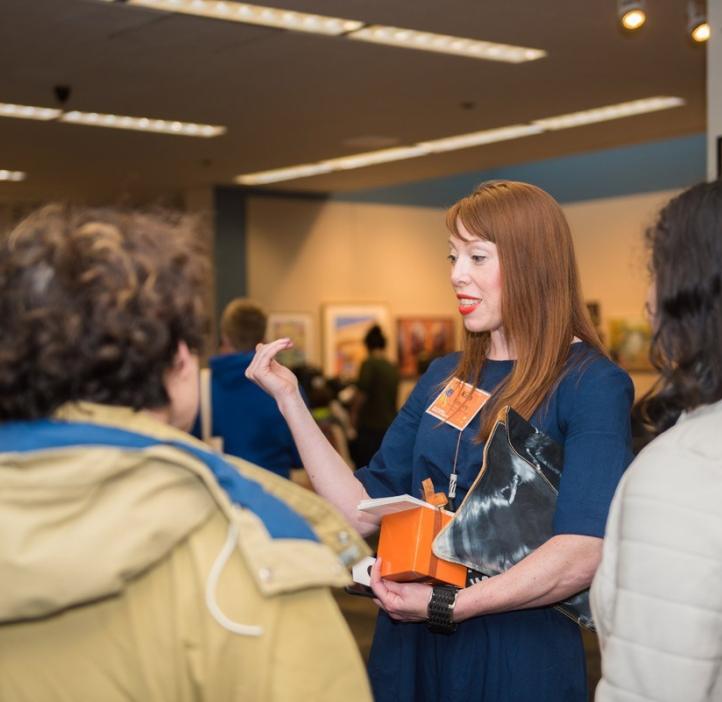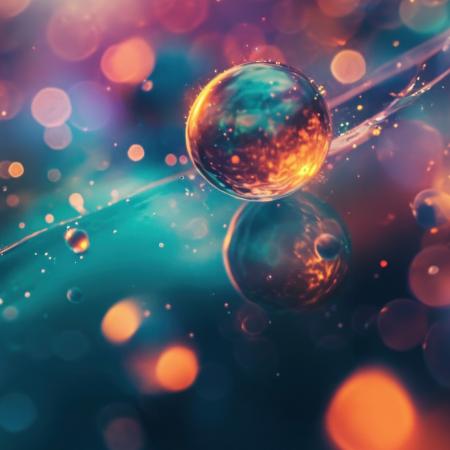Based on an article by Steve Lundeberg.
A blue pigment discovered at Oregon State University by chemistry professor Mas Subramanian is the inspiration for Crayola's new crayon color.
The 132-year old, Pennsylvania-based company had sparked a wave of emotions among children, parents and crayon fans across the country, when it retired Dandelion Yellow crayon from its classic 24 pack in March this year. Then on National Crayon Day, March 31, 2017, Crayola made the joyous announcement that the company was getting ready to introduce a new blue color in the blue hue family to replace dandelion yellow, but didn't reveal the shade of blue. The current pack already contains "Blue," "Cerulean," and combinations of blue with violet and green.
This is only the first time in Crayola's long history that it has retired a color from its 24 pack and the third time overall that it has bid adieu to one or more colors.
The suspense ended today for crayon enthusiasts, when Crayola announced that the YInMn pigment developed in the lab of Subramanian—a bright blue color and the first inorganic blue pigment in 200 years—would be the new blue crayon. Watch the video announcement!
YInMn refers to the elements yttrium, indium and manganese, which along with oxygen comprise the vibrant pigment.
Crayola made the announcement at The Colorful World of Pigments, an OSU-hosted celebration of YInMn blue and its impact on art, culture and industry.
“We are a company all about kids, creativity and color, so we strive to keep our color palette innovative and on trend, which is why we’re excited to introduce a new blue crayon color inspired by the YInMn pigment,” said Smith Holland, CEO and president of Crayola.
“The new blue crayon color will help Crayola to continue to inspire kids and kids at heart, to create everything imaginable.”
Subramanian, noting that people love the color blue for a wide variety of reasons, called it “truly an honor” that his discovery has inspired a new crayon color.
“Blue is associated with open spaces, freedom, intuition, imagination, expansiveness, inspiration and sensitivity,” he said. “Blue also represents meanings of depth, trust, loyalty, sincerity, wisdom, confidence, stability, faith, heaven and intelligence."
"We could not imagine a better partner than Crayola, a brand synonymous with color and creativity, to help us share this discovery with the world.”
Crayola is inviting the public to help name the color of its new blue with a contest that kicks off today at Crayola.com/NewColor and runs through June 2. Those who submit name ideas will be entered for a chance to win one of four weekly prizes.
